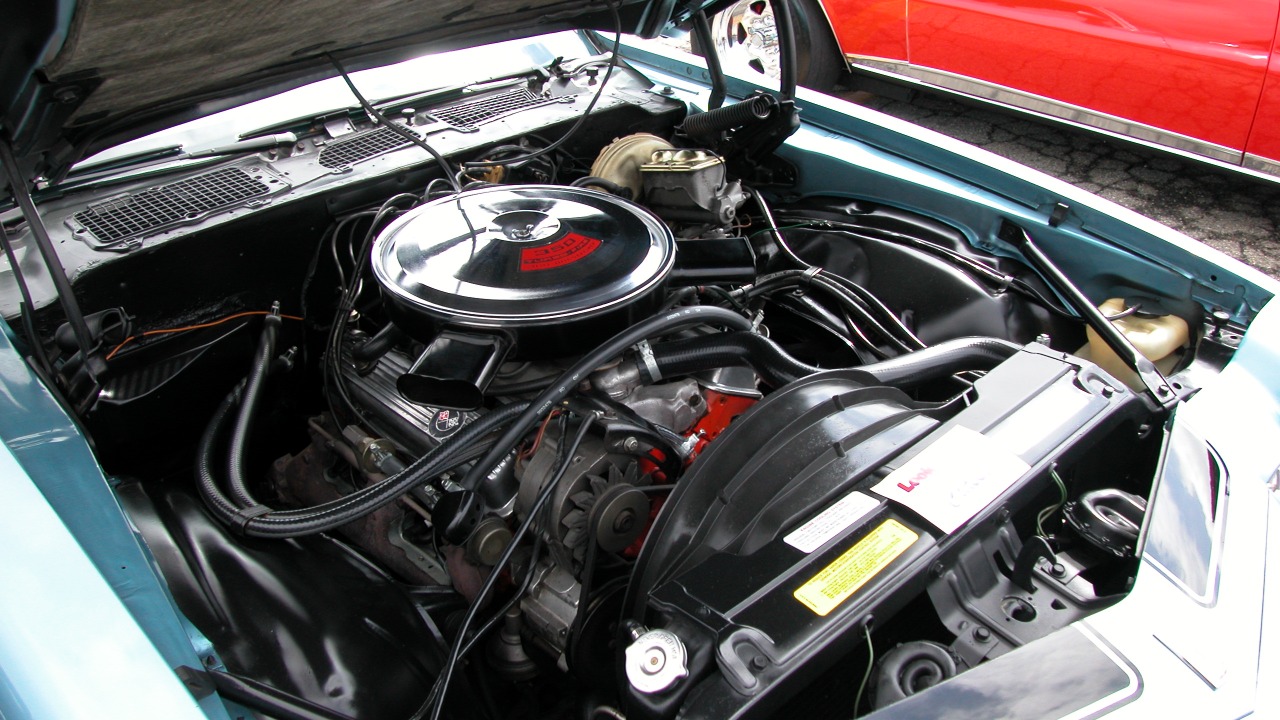
When it comes to American muscle, the Chevy 350 and Pontiac 350 engines have been at the heart of some of the most iconic vehicles. Despite sharing the same displacement, these two powerhouses diverge significantly in design, performance, and application. This detailed comparison will delve into the unique characteristics of each engine, from their historical context to their architectural differences, performance specifications, fuel efficiency, modification potential, and their enduring legacy.
Origins and Historical Context
The Chevy 350, part of the small-block Chevy V-8 family, made its debut in the 1967 Camaro and Chevelle. Over the years, it evolved with interchangeable parts across decades, becoming a cornerstone of Chevrolet’s engine lineup (Hot Rod). On the other hand, the Pontiac 350 was introduced in 1968, powering models like the Firebird and GTO. This engine played a crucial role in Pontiac’s push for competitive power during the muscle car era (Hot Cars).
Regulatory influences also shaped these engines. Notably, the 1976 Pontiac 350 adapted to achieve better gas mileage in response to stringent emissions standards (Autoweek).
Engine Architecture Differences
Architecturally, the Chevy 350 and Pontiac 350 differ in several ways. The Chevy 350 has a bore and stroke measurement of 4.00 inches and 3.48 inches, respectively. In contrast, the Pontiac 350 features a taller deck height and a unique block casting (Hot Cars). Head and valvetrain variations also exist, with the Chevy sporting poly-angle heads, while Pontiac opted for D-port or Ram Air designs for better airflow efficiency.
When it comes to the crankshaft and connecting rods, the Chevy 350 offers forged options, particularly beneficial in high-performance builds.
Performance Specifications
Performance-wise, the Chevy 350’s horsepower varies from 195 to 370 hp depending on the year, while the Pontiac 350’s peak output hovered around 330 hp in the 1969-1970 models (Hot Cars). Early Chevy 350s had a compression ratio of 10.25:1, which dropped to 8.5:1 by 1976. In contrast, Pontiac 350s maintained higher ratios for a longer period, resulting in better throttle response.
It’s worth noting the distinction of the LT1 engine from the standard Chevy 350. While it didn’t feature reverse-flow cooling as seen in the 1992 LT1, the classic LT1 variant did offer a significant performance boost, delivering 370 hp in Corvette applications (SlashGear).
Fuel Efficiency and Emissions
The Pontiac 350 made significant strides in fuel efficiency in 1976, achieving up to 22 mpg on the highway in Trans Am models. This was a response to federal mandates for improved gas mileage (Autoweek). In contrast, the Chevy 350 typically achieved 12-15 mpg in muscle cars, with later models incorporating carburetor and ignition tweaks for modest efficiency gains.
Both engines underwent modifications to meet emissions standards, with the Pontiac 350 incorporating catalytic converters and the Chevy 350 transitioning to throttle body injection.
Modifications and Power Upgrades
When it comes to power upgrades, the Chevy 350 offers several options. Intake manifold swaps, camshaft upgrades, and exhaust header installations can all boost power by 50-100 hp (Motor Trend). The Pontiac 350, on the other hand, can benefit from hood scoops and larger valves, although aftermarket support is less prevalent.
In terms of reliability, the Chevy 350’s vast parts ecosystem gives it an edge over the Pontiac 350, which relies on division-specific components.
Applications and Legacy
The Chevy 350 has powered a wide range of vehicles, from Corvettes and trucks to boats. In contrast, the Pontiac 350 was primarily used in Firebirds and LeMans models (Hot Cars). The small-block Chevy V-8 has a notable legacy, with over 100 million units produced since 1955 (Hot Rod).
As for collector value, restored 1969 Pontiac 350 GTOs hold a special place, while Chevy 350-powered classics are ubiquitous and equally cherished by enthusiasts.
More from MorningOverview